
July 20, 2008

Today and tomorrow I address public and staff attendees at three talks I am giving at the Royal Alberta Museum. I will be discussing the tenets of cryptozoology, and sharing historical information. In recent talks I have delivered at Bates College’s Symposium on Cryptozoology and at the American Museum of Natural History, a frequent question has resurfaced regarding discoveries and the works of Bernard Heuvelmans.
In this new presentation, in a subsection delivered in Alberta, and hencefore, I will be directly responding to one criticism of cryptozoology I feel needs to be seriously answered, once and for all. I will document here, with references, my comment in response to those that wish to debunk cryptozoology.
No doubt, you have heard the skeptical statement, in a variety of ways, issued, to wit, as fact: “Despite all the discoveries of the past half-century, not one of Bernard Huevelmans’ cryptids has turned up.”
This claim is widely repeated and recycled by opponents of cryptozoology, but also by some cryptozoologists (or bloggers and writers identifying themselves as “cryptozoologists”) — however, it is false.
Of course, the Big 3 + 1, the “stars” of cryptozoology (i.e. Yeti/Abominable Snowman, Bigfoot/Sasquatch, and Nessie/Loch Ness Monster, plus the historically fading Sea Serpent) have not been discovered since Bernard Heuvelmans wrote his famed book, On the Track of Unknown Animals. Despite the notion that these umbrella names often may hide several possible species, it is true, the celebrity cryptids have not been discovered.
But, of course, since Heuvelmans book was first written in 1955, in French, many new animals, entirely new species that were former cryptids have been discovered, in the last 53 years. That is not what these critics are talking about, however. The yardstick being used by these antagonists has been, very specifically, Heuvelmans’ book. Ironically, the skeptics are the ones who have given his tome almost biblical status despite the fact Heuvelmans was merely one of the better known milestone cryptozoological chroniclers. Earlier writers and contemporaries of Heuvelmans authored literary collections on cryptids, including Ivan Sanderson, Willy Ley, A. C. Oudemans, Rupert T. Gould, and others. These individuals are often ignored in pushing this post-Heuvelmans’ standard of discovery.
Therefore, let us survey this test case of whether any lesser famous “cryptids” listed by Heuvelmans in 1955 have been found. What we quickly discover is that within the text of Heuvelmans, we do find cryptids that have since been confirmed by specimens and related verifications.
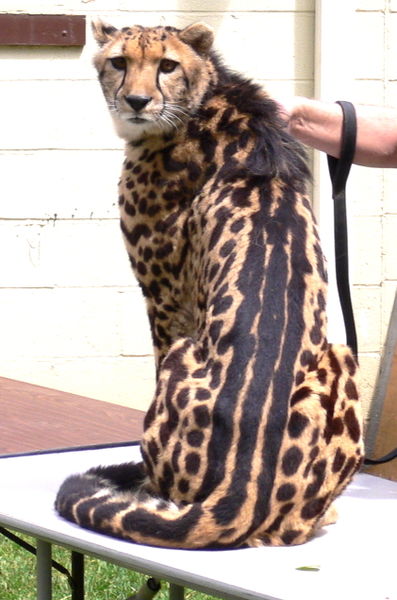
1) The nsui-fisi or king cheetah, a controversial species of East African felid was described as Acinonyx rex in 1927, and has since been confirmed by several skins and even living specimens. It is generally considered a simple genetic mutation of the common cheetah (A. jubatus), but there are good reasons to think that it might be a subspecies in the making or in actuality. Could it one day be said to be a separate species entirely, with clearer genetic testing?
Bottriel, Lena Godsall 1987 King cheetah. Leiden, E.J. Brill.
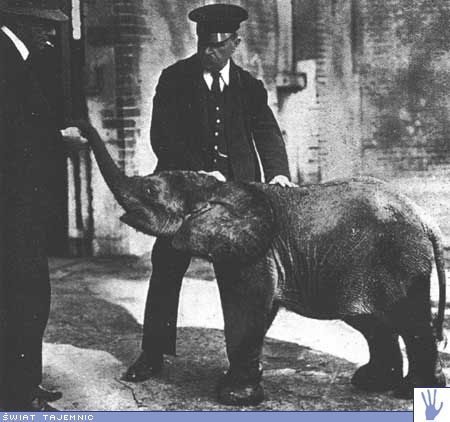
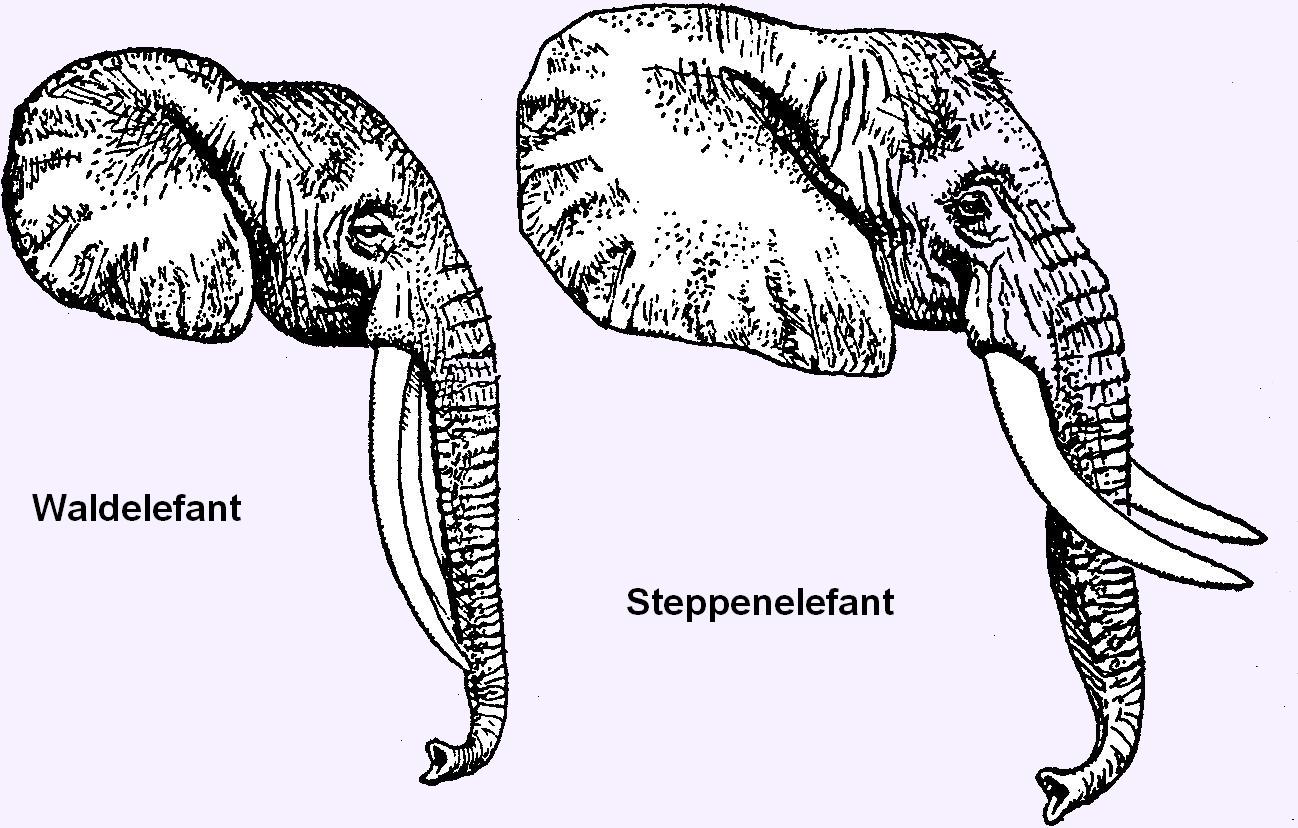

2) The controversial Pygmy Elephant (Loxodonta pumilio) of Africa has been confirmed by film/video footage and photographs of entire herds of the species as requested by its opponents. These individuals now say that it is an unknown behavior or morph of the forest elephant, thus, as expressed firmly in personal communication to me by Michel Raynal, this “demonstrates that no evidence will be accepted by these ultra-skeptics.”
Pygmy Elephants are today reported to be living in both Africa and Asia.
The African Pygmy Elephant, described as Loxodonta pumilio, is currently considered to be a tiny morph of the African Forest Elephants (L. cyclotis); see Debruyne et al. (2003). But even the DNA studies are less than clear, and the groupings and photographs of the small elephants appear to confirm that the species is valid.
The Borneo Elephant (Elephas maximus borneensis) is also called a “Pygmy Elephant.” This elephant, inhabiting tropical rainforest in north Borneo (east Sabah and extreme north Kalimantan), was long thought to be identical to the Asian Elephant and descended from a captive population. In 2003, DNA comparison revealed them to be a new subspecies. In Augut 2007, it was reported that there are probably not more than 1,000 pygmy elephants left in Sabah, after a two year study by WWF.

Further discussions are now mentioning the cryptid status of the Pygmy Elephants of India. Kani tribals dwelling in the rain forests of the Western Ghats, Kerala, India, claim that there are two distinct varieties of elephants in the Peppara forest range (part of Western Ghat), one the common Indian elephants and the other a dwarf variety which they call “Kallana.” The existence of a pygmy variety of elephant in India has not been scientifically ascertained.
Eisentraut, Martin, und Wolfgang Böhme 1989 “Gibt es zwei Elefantenarten in Afrika?” Zeitschrift des Kölner Zoo, 32 [n° 2] : 61-68.
Debruyne, R., Holt, A. van, Barriel, V. & Tassy, P. 2003. “Status of the so-called African pygmy elephant (Loxodonta pumilio (NOACK 1906)): phylogeny of cytochrome b and mitochondrial control region sequences.” Comptes Rendus de Biologie 326(7):687-697.
Böhme, Wolfgang, und Martin Eisentraut 1990 “Zur weiteren Dokumentation des Zwergelefanten (Loxodonta pumilio NOACK, 1906).” Zeitschrift des Kölner Zoo, 33 [n° 4] : 153-158.


3) The late survival of a controversial bear in Northern Africa, the so-called Atlas Bear (Ursus crowtheri) – pictured at the top of this posting – up to historical times (see ancient drawings directly above), has now been confirmed by radiocarbon dates at 420 to 600 AD.
Hamdine, Watik, Michel Thevenot, et Jacques Michaux 1998 “Histoire récente de l’ours brun au Maghreb.” Comptes-Rendus de l’Académie des Sciences, sciences de la vie, 321 : 565-570.
Tretretretre
4) The last survival of a Giant Lemur (the native termed tretretretre) in Madagascar, up to historical times, has been confirmed by radiocarbon datings of Palaeopropithecus ingens bones at only 510 years BP (approx. 1500 AD).
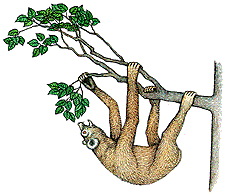
Palaeopropithecus
Simons, Elwyn L. 1997 “Lemurs: Old and New.” In Steven M. Goodman and Bruce D. Patterson: “Natural change and human impact in Madagascar,” Washington, Smithsonian Institution Press: 142-166.
The record shows that there are, at least, four cryptids from Heuvelmans’s 1955 book, which have proven to be valid!
Much appreciation to French cryptozoologist Michel Raynal for contributing extensively to this article. Thanks to Matt Bille for his assistance with bear images. Thanks to Patrick Huyghe for pygmy elephant material.
^^^^^^^^^^^^^^^^^^^^^^^^^^^^^^^^^^^^^^^^^^^^^^^^^^^^
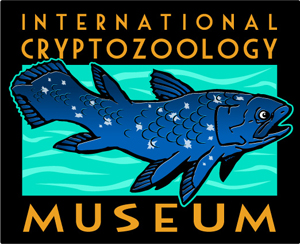
More open space for the museum! Keep alive the museum, despite the IRS troubles. Please remember to donate to the museum to meet the August goal, and today you may directly send a check, money order, or, if outside the USA, an international postal money order made out “International Cryptozoology Museum” to
International Cryptozoology Museum
c/o Loren Coleman
PO Box 360
Portland, ME 04112
Please “Save The Museum”! Easy-to-use donation buttons are now available here or merely by clicking the blank button below, which takes you to a donation site without you having to be a member of PayPal. Thank you, everyone!
Where are all the cryptozoology donor angels? What will your post-Heuvelmans’ legacy be? Want a special display dedicated to your favorite cryptid, in your honor for a $2000 donation? $10,000?
About Loren Coleman
Loren Coleman is one of the world’s leading cryptozoologists, some say “the” leading living cryptozoologist. Certainly, he is acknowledged as the current living American researcher and writer who has most popularized cryptozoology in the late 20th and early 21st centuries.
Starting his fieldwork and investigations in 1960, after traveling and trekking extensively in pursuit of cryptozoological mysteries, Coleman began writing to share his experiences in 1969. An honorary member of Ivan T. Sanderson’s Society for the Investigation of the Unexplained in the 1970s, Coleman has been bestowed with similar honorary memberships of the North Idaho College Cryptozoology Club in 1983, and in subsequent years, that of the British Columbia Scientific Cryptozoology Club, CryptoSafari International, and other international organizations. He was also a Life Member and Benefactor of the International Society of Cryptozoology (now-defunct).
Loren Coleman’s daily blog, as a member of the Cryptomundo Team, served as an ongoing avenue of communication for the ever-growing body of cryptozoo news from 2005 through 2013. He returned as an infrequent contributor beginning Halloween week of 2015.
Coleman is the founder in 2003, and current director of the International Cryptozoology Museum in Portland, Maine.
Filed under Books, Breaking News, Classic Animals of Discovery, Cryptomundo Exclusive, Cryptotourism, CryptoZoo News, Cryptozoologists, Cryptozoology, Evidence